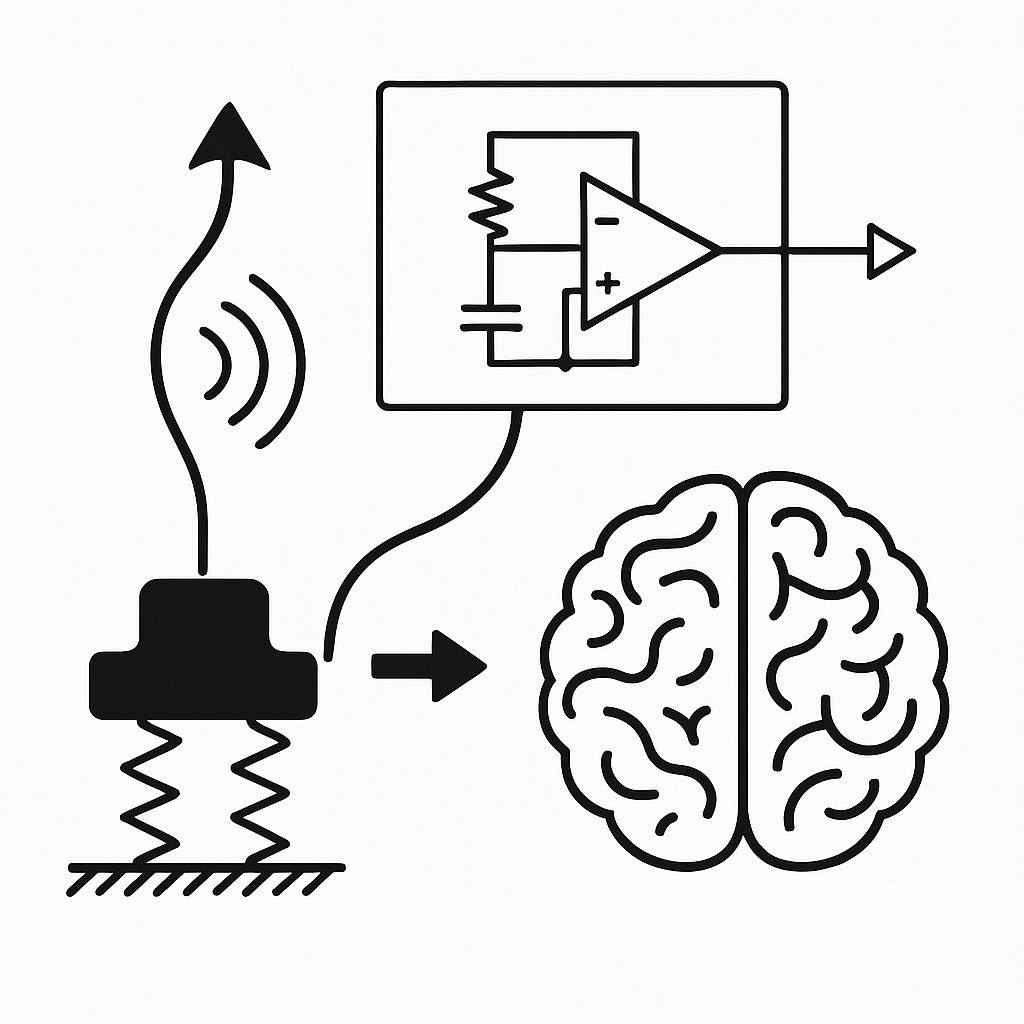
C12 Explores Phonon-Based Biomechanical Communication Circuit for Neural Interfaces
C12 Holding April 01, 2025
Global | March 2025 – C12 Holding has launched an experimental research initiative exploring the detection, translation, and transmission of phonon signals—atomic-level sound waves—as a new medium for communication between biomechanical systems and computational or neural interfaces.
This visionary project seeks to capture phononic vibrations and convert them into interpretable electrical signals using custom circuit designs, potentially creating an entirely new class of bio-interfacing communication networks.
Bridging Atomic Vibrations and Neural Interfaces
Phonons—quantized units of vibrational energy—are fundamental carriers of acoustic energy at the atomic scale. While neurons do not detect phonons directly, they respond to mechanical stimuli via mechanotransduction pathways found in sensory receptors (e.g., hair cells in the ear).
C12’s concept is to engineer a biomechanical transduction circuit that detects ultrafine vibrations and converts them into electrical signals that are compatible with neural or AI systems.
Feasibility and Approach
✔ Phonon Detection Mechanism
-
Utilize MEMS-based resonators or nanoscale acoustic sensors that resonate with specific phonon frequencies.
-
Capture localized lattice vibrations or surface acoustic waves from materials or biological substrates.
✔ Signal Transduction Circuit
-
Design a low-noise amplification and filtering system that can isolate and modulate the captured signal.
-
Implement analog-to-digital converters (ADC) for integration with neural computing platforms.
✔ Neural-Compatible Output
-
Interface the processed signal with bioelectronic systems or neuromorphic chips capable of decoding and responding to phonon-based signals.
-
Explore direct coupling to sensory prosthetics or computational cognition engines.
Applications and Vision
The project envisions a future where phonon-based signals serve as a communication protocol between artificial systems, or even between biological tissues and embedded electronics, enabling:
-
Localized communication in nanonetworks or implants
-
Energy-efficient signal transfer within smart biological environments
-
New forms of neuroprosthetic control using vibrational language
"We’re not just listening to sound—we’re listening to the atomic echo of matter itself," said a lead physicist from C12’s Biomechanical Research Division. "Our goal is to transform these vibrations into meaningful patterns the body or machine can understand."
Outlook
This bold initiative positions C12 at the cutting edge of phononics, quantum acoustics, and biomechatronic communication, exploring a realm where mechanical waves at the atomic scale become a new language for interfacing intelligence—organic or artificial.


